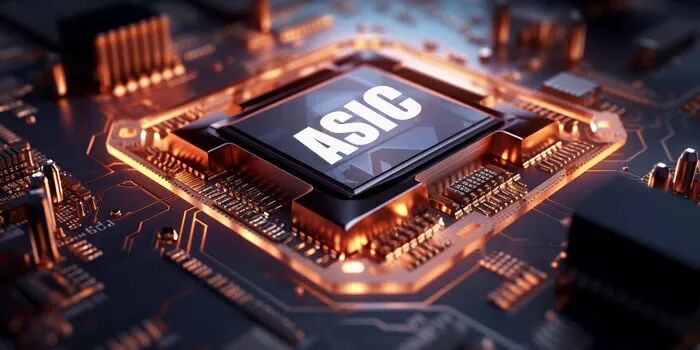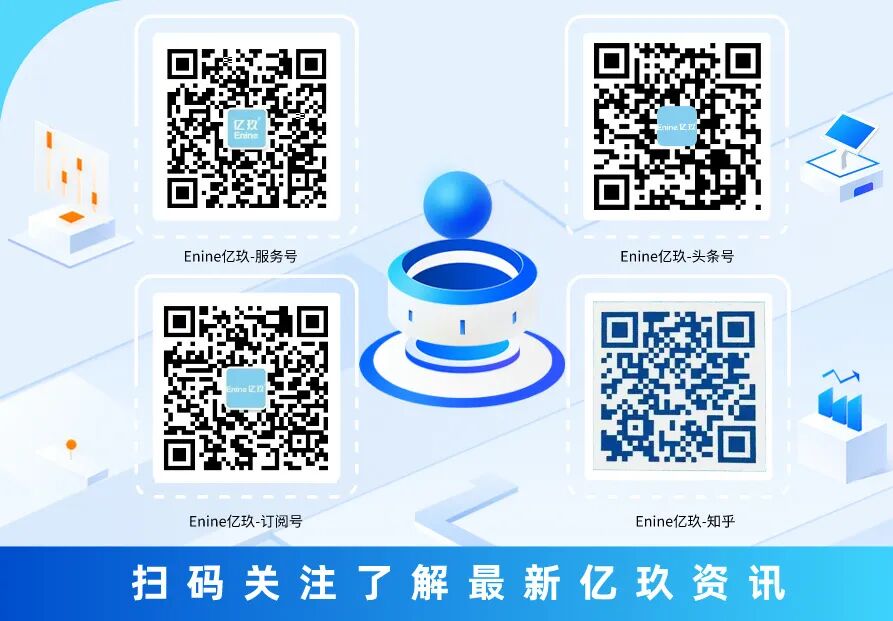
As artificial intelligence transitions from training to inference, the competitive landscape for AI chips is changing. While the position of general-purpose GPUs remains stable, ASICs are becoming crucial for AI applications due to their energy efficiency and adaptability to specific scenarios. This article analyzes how ASICs are reshaping the AI computing ecosystem from multiple dimensions.

NVIDIA’s CUDA ecosystem has long dominated the AI chip field, limiting developers due to its architecture.The NSA mechanism of DeepSeek’s open-source large model R1 significantly enhances inference speed, proving that “algorithm-driven hardware design” is feasible and prompting a shift in the definition of ASIC architecture.ASIC products like Google’s TPU v6 and Groq’s LPU achieve soft-hard collaborative optimization through customized toolchains and compilers. Companies like Zhongyinwei adopt special design patterns to integrate customer needs into chip development, enhancing ASIC customization capabilities and providing new ideas for breaking through technological barriers in domestic chips.
Microsoft’s AI data center investment plan for fiscal year 2025 marks the entry of ASICs into large-scale applications. It is expected that by 2027, the global AI ASIC market will see significant growth.Vendors like Broadcom and NVIDIA are consolidating their market positions, while Amazon and Intel are targeting inference scenario demands. The demand for inference computing power is fragmented, with specific ASIC solutions needed for scenarios like industrial IoT and contactless payments, driving the industry chain to extend into subdivisions. CITIC Securities predicts a change in the shipment ratio of ASICs to GPUs, with the data center acceleration chip market expected to reach new heights.
The explosion of ASICs is inseparable from collaborative innovation in the industry chain. Xiefa Technology’s “Ultra-Fast IC Design Platform” shortens development cycles, and AI-driven EDA tools reduce verification time. Xingsen Technology’s FCBGA packaging substrate supports high-density integration, while Platinex’s chip inductors solve power supply challenges. Zhongyinwei collaborates with foundries to apply advanced processes to AI ASICs, combining Chiplet technology to improve yield and thermal management efficiency.
ASIC chips face challenges such as technical barriers, ecosystem construction, and market competition. In the future, there may be a polarization, with leading companies dominating general-purpose AI acceleration chips, while specialized ASIC manufacturers delve into vertical fields.Improvements in technical efficiency will stimulate demand for computing power, promoting dynamic complementarity between ASICs and GPUs.
The rise of ASIC chips reflects the iteration of hardware technology and the reconstruction of the AI computing ecosystem. From Microsoft’s investments and DeepSeek’s algorithm-driven advancements to domestic manufacturers breaking through the industry chain, this transformation is changing the rules of global technological competition. In the context where “specialization” becomes the keyword for computing power evolution, those who achieve breakthroughs in multiple areas first will lead a new chapter in the AI era.
Scan the QR code below to follow and learn more about Yijiu news.
